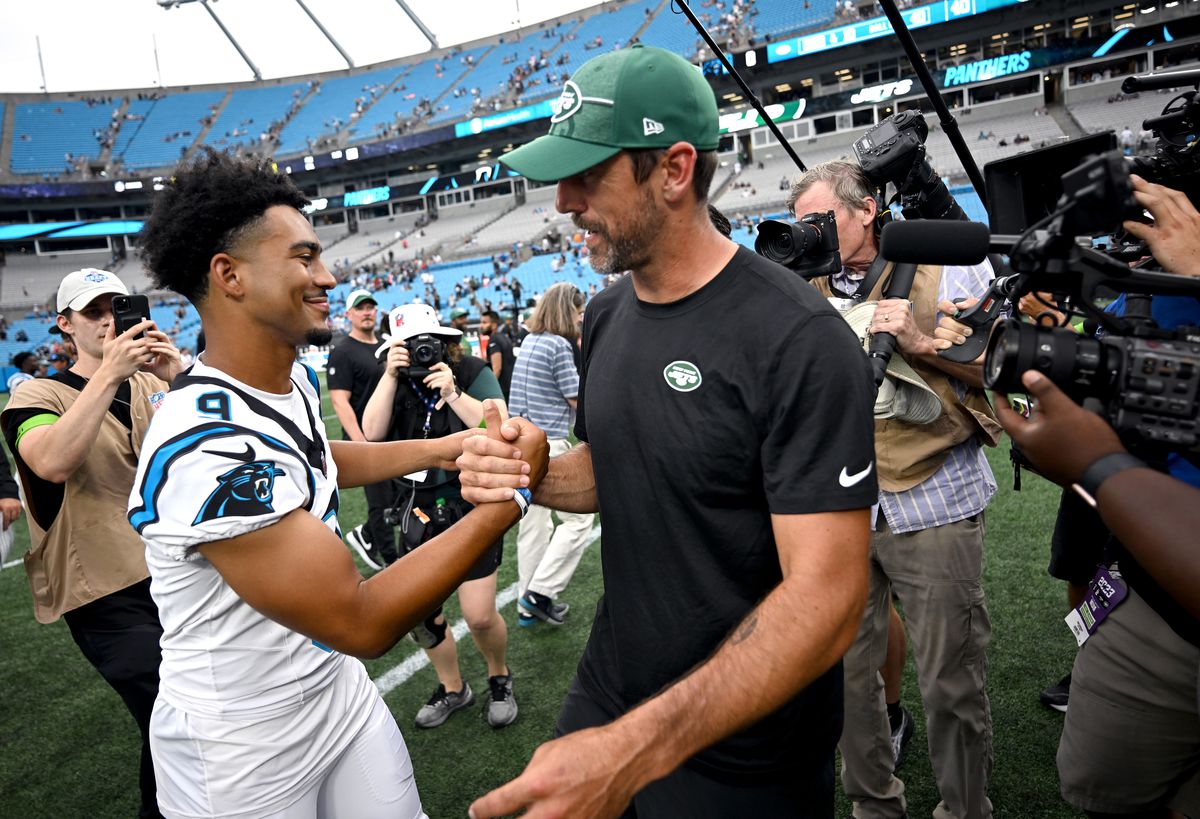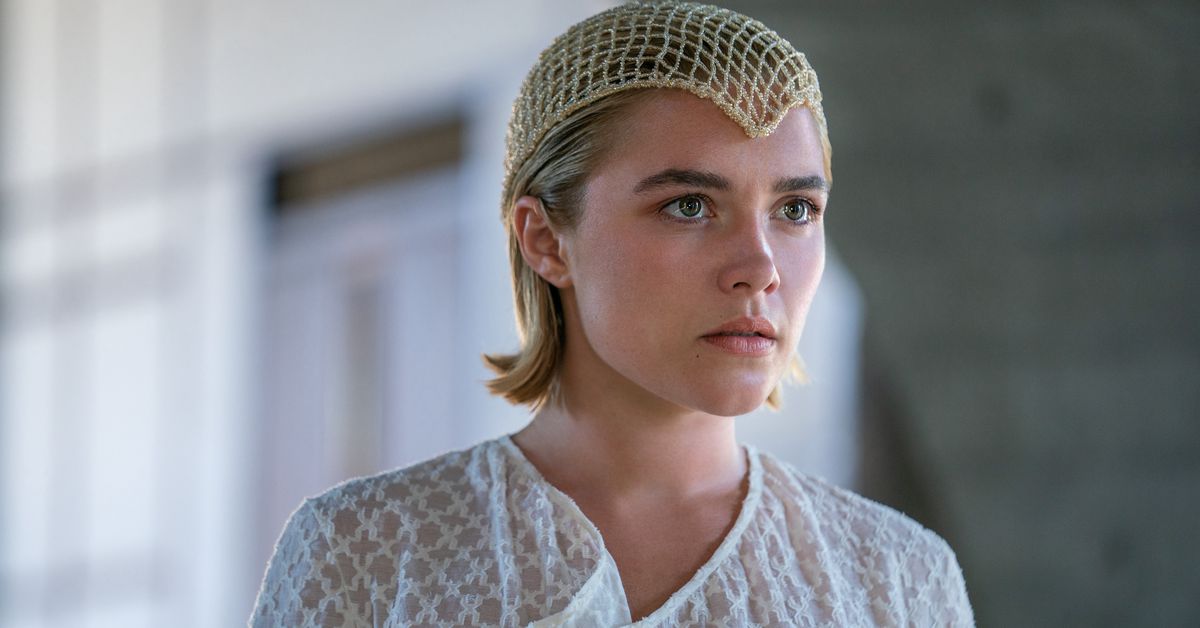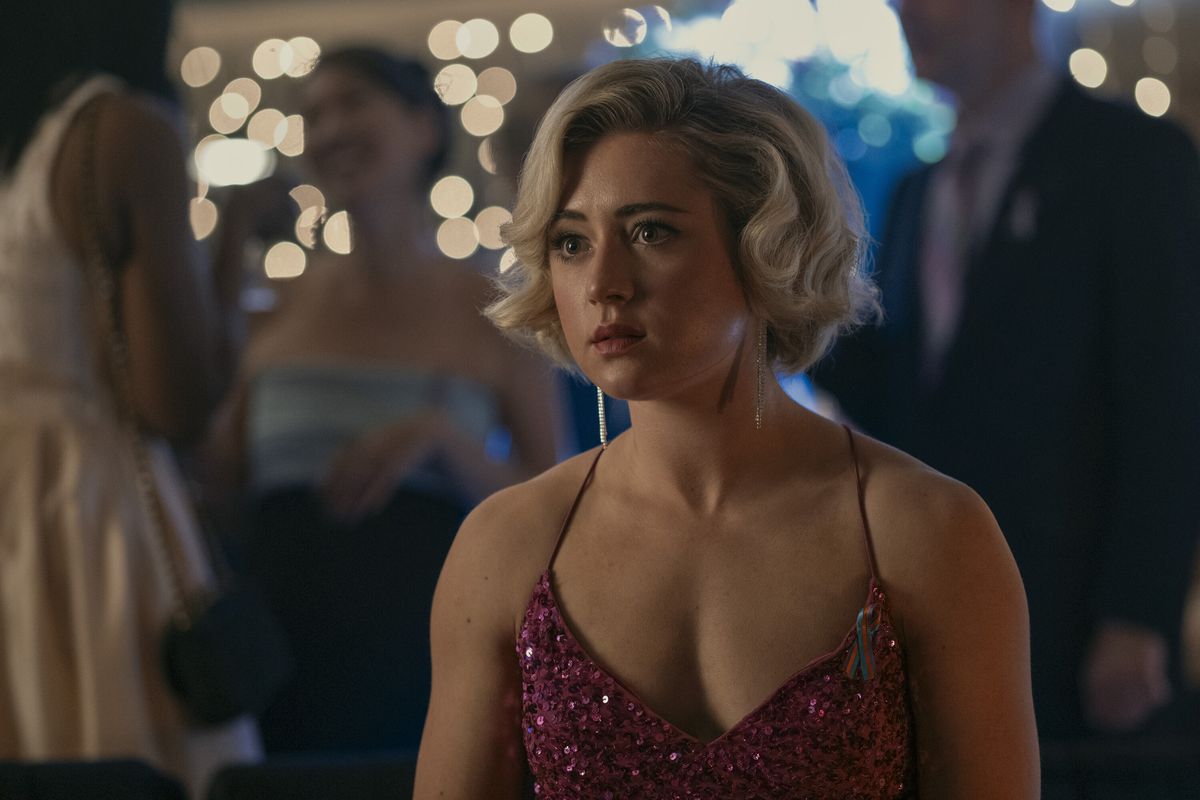Ed note: This reconsideration of Jaws and its three sequels was inspired by all four films arriving on Netflix on Sept. 1.
Very few films have had an impact like 1975’s Jaws. It’s a one-film cinematic revolution that goes far beyond igniting Steven Spielberg’s career and giving him blank-check freedom to choose his projects, and it’s lasted a lot longer than the wave of “animals attack” films that followed it, like Piranha, Grizzly, and Alligator. In fact, some say Jaws’ massive success doomed Hollywood, steering it away from auteur-led projects and into a world where few things matter more than opening weekend numbers, mega advertising, and summer blockbuster season.
But Jaws’ success didn’t come out of nowhere, and it wasn’t a fluke. Spielberg’s movie is every bit as good as its reputation, and its sheer existence is a borderline miracle. Spielberg started with a story that easily could have become garish schlock on the screen, and used it to convince audiences that three movie stars (Roy Scheider, Richard Dreyfuss, and Robert Shaw) were really being menaced in the middle of the ocean, even though the mechanical shark meant to menace them barely worked.
Jaws is a masterclass in direction, editing, and music, and considering its profound achievement, it seems like there should have been a mad dash to replicate it — to figure out what about it worked so well for audiences, and double down. But there never really was. No Jaws sequel has ever actually attempted to capture what made Spielberg’s film so wonderful.
:no_upscale()/cdn.vox-cdn.com/uploads/chorus_asset/file/24887797/1582160.jpg)
In adapting Peter Benchley’s hugely successful novel Jaws, Spielberg and his writers chipped away at excess subplots (most notably, an affair between two of the characters) until it was pure, lean storytelling. The core of Benchley’s narrative remained intact, though — the only thing scarier than a killer shark is the capitalistic greed that makes people deny and cover up the problem.
A central theme about masculinity and pride being tested certainly provides something for the actors to chew on, and they deliver stellar performances all around, particularly Shaw, with his haunted shark-hunter Quint. John Williams’ score includes one of the most famous motifs in cinema history, and Spielberg’s camerawork has rarely felt more precise, thanks to cinematographer Bill Butler (The Conversation and One Flew Over The Cuckoo’s Nest). When Jaws was released, an entire generation started thinking twice before even dipping their feet in the ocean.
The Jaws sequels, which all reek of desperation at least a little bit, don’t come close. They seem to find their closest peers in the slasher-film wave of the late ’70s through the 1980s. But Jaws preceded this trend, for the most part, and the way the series shifts genres from the first movie (a thrilling horror film with some Hitchcockian elements) to 1978’s Jaws 2 (effectively Friday the 13th on the water) resembles the early trajectory of The Exorcist films, another franchise from that era with a game-changing debut. Exorcist 2: The Heretic is about as far from the disturbing Catholic nightmare of William Friedkin’s The Exorcist as possible, even with John Boorman at the helm, fresh off his nomination for a Best Director Academy Award for Deliverance. The Heretic is metaphysical in thought and apocalyptic in tone, a far cry from the tight-knit human drama and grotesquely real elements of Friedkin’s movie.
:no_upscale()/cdn.vox-cdn.com/uploads/chorus_asset/file/24887801/1582159.jpg)
Jaws 2 doesn’t go as far as Exorcist 2: The Heretic in altering the course of its genre, but director Jeannot Szwarc and the writers took a markedly different track than Spielberg did. Roy Scheider is back as Martin Brody, the beleaguered sheriff of the coastal tourist town of Amity. But instead of forming an adult triumvirate with marine biologist Hooper and shark hunter Quint, he winds up playing shepherd to a gaggle of generic soon-to-be-chum teenagers. There’s no real character arc to be found among any of them, no moment like Quint’s USS Indianapolis speech to illuminate them.
And the sense of escalation in Jaws 2 — a familiar trope from the era’s slasher sequels — is immediately pushed to cartoonish, Fast and the Furious-esque levels. In Jaws, a huge shark breaks apart a small boat, so in Jaws 2, a bigger shark has to pull a helicopter out of the sky. The shark also manages to kill an orca (a highly unlikely occurrence; orcas are known to hunt and kill great whites, but not the other way around), out-swim a speedboat, and swallow a victim whole. (The latter is kind of a cool-looking sequence, shot from behind the shark as its flailing prey disappears into its maw.)
The behind-the-scenes turmoil on Jaws was significant enough to inspire multiple books and a recent Broadway musical, but Jaws 2 had enough issues to rival the first — a director replaced, warring producers, a notable rewrite, and a mechanical shark that still refused to work. Scheider, appearing in the film due to contractual obligation, seems displaced even though he’s being forced to essentially redo the exact same plot. (“There’s a shark!” “No there isn’t, and the beaches will stay open.”) The story around him this time is far more invested in a rising body count than in themes of man’s hubris. Naturally, Scheider didn’t show up for 1983’s Jaws 3, aka Jaws 3-D, which instead follows one of Brody’s sons to SeaWorld, the next location on the franchise’s menu.
:no_upscale()/cdn.vox-cdn.com/uploads/chorus_asset/file/24887808/543724316.jpg)
Having an even bigger shark attack a theme park and the biological institute attached to it rotates this series’ dial from “slasher film” to “all-out monster movie.” That genre shift coincides with the ’80s revival of interest in 3D, a technique most associated with horror films in the 1950s, like Creature from the Black Lagoon and It Came From Outer Space. Even the plot of Jaws 3 recalls monster movies of the past, where the discovery of a smaller creature, foreshadowing the arrival of its massive, destructive parent, seems straight out of 1961’s Godzilla-inspired creature feature Gorgo.
The behind-the-scenes problems on Jaws 3 were familiar territory by that point, with a dissatisfied writer (horror luminary Richard Matheson wrote a script that was significantly changed by studio interference) and producer squabbles. (The producers for the first two films originally considered making Jaws 3 a parody.) But the movie’s biggest leap from the authenticity of Jaws comes from the 3D transition, something that never allows the filmmakers to broach the initial problem of making the mechanical shark operate properly. In fact, the film’s most infamous scene, in which the shark resembles a particularly threatening cardboard cut-out, makes it seem like special effects had actually degraded in the eight years since Jaws. The people behind Jaws 3 had certainly abandoned Spielberg’s thinking that the best way to handle a malfunctioning shark was to conceal it, then create suspense in other ways.
Even so, the change between Jaws 3-D and 1987’s Jaws: The Revenge was the largest shift of all. The scope of the film plummets, bringing us back to the Brody family in a way that actually matters. Sheriff Brody’s children feature heavily in Jaws 2 and Jaws 3-D, but their roles don’t allow for much depth beyond “Oh shit. There’s a mean shark again.” In Jaws: The Revenge, Brody has died of a heart attack — and his youngest son soon follows, from a shark attack.
:no_upscale()/cdn.vox-cdn.com/uploads/chorus_asset/file/24887850/JawsRevenge.jpeg)
This leaves Sheriff Brody’s widow, Ellen Brody (Lorraine Gary), grieving and angry — the closest thing to a real emotion anyone had experienced in a Jaws movie since Quint revealed his traumatic backstory in 1975. The tragedies bring Ellen’s eldest son closer to her, and while the emotions are handled fairly ineptly, Jaws: The Revenge resonates as a kind of family drama. She even gets a chance at a fresh start with a relationship with Hoagie (Michael Caine), a pilot who mostly seems to be around so the shark can eventually destroy his plane. But then the shark that killed Ellen’s son follows her all the way from New England to the Bahamas, imbuing the film with a supernatural touch that’s almost the film’s goofiest aspect.
Jaws: The Revenge has multiple endings, none of which manages to wrangle the various shark models and puppets. In the theatrical cut, Ellen impales the shark (which improbaby roars whenever it’s hurt) on a boat’s bowsprit. In the home video cut, though, she impales it so hard that it explodes. In both finales, Ellen Brody flashes back to her late husband killing the shark that menaced him (including his triumphant “Smile, you son of a bitch!” line), even though she was not there when that happened. Nonetheless, the scene — featuring a version of John Williams’ classic score — is the closest any of the sequels come to looping back around to what made Spielberg’s film so iconic.
Usually, a successful horror film is inextricable from its sequels. It’s why “Who killed the campers in Friday the 13th?” is one of the genre’s most famous trivia questions, given that Jason Voorhees doesn’t show up until that movie’s final shot. When a horror franchise reaches iconic status, the entries tend to run together, often obscuring viewers’ memories of the things that made the first movie distinctive enough to warrant success and sequels in the first place.
But if there’s anything consistent about the four Jaws films (apart from their very visible struggles to make fiberglass sharks look real), it’s that none of them can be confused with the others. Each one — the groundbreaking original, the outsized sequel, the ludicrous 3D project, the bizarre retread — is singularly identifiable in its approach to giant shark rampages. But then again, the first film was directed by Steven Spielberg, one of the most famous directors of all time. Trying to copy his skills would have been a misguided notion in the first place. Maybe this was the only way it could be.
All four Jaws movies are now streaming on Netflix. They’re also all available on Tubi with ad support, and for rental or purchase on Amazon, Vudu, and other digital platforms.








